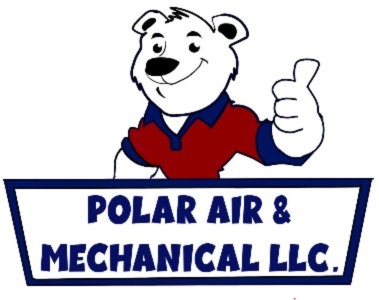
If you’re thinking over air conditioner installation in Myrtle Beach, you should also be considering your new air conditioner’s SEER rating.
SEER means Seasonal Energy Efficiency Rating. Simply put, it gauges how capable your air conditioner is at converting electricity into cooled air. A greater number signifies your air conditioner is more efficient, which is excellent for your energy expenses.
However, there are many differing options out there for air conditioners. And a higher SEER ranking often includes a bigger cost. So, how can you determine which one is best for your house?
At Polar Air & Mechanical, we offer a free, no-pressure home comfort analysis. You can get one by contacting us at 843-484-3783. Our skilled air conditioner installers will partner with you to help you locate the right air conditioner for your needs. Plus, they’ll also give you a free, no-obligation estimate.
In the meantime, let’s discuss SEER ratings and how they can affect your family’s comfort. And your electric costs.
What Does the SEER Rating Really Matter?
In 2016, the federal government developed new SEER guidelines. New air conditioners are required to be at baseline 13 SEER in the north United States and 14 SEER in the southeast and southwest. If you’re unsure when you had your air conditioner replaced or what its SEER rating is, you can check the sticker on the unit outside your residence. If you can’t find the sticker, you can give us a call at 843-484-3783 for assistance.
If your air conditioner was replaced before that date, it’s presumably much less efficient. Cooling technology has swiftly advanced in the past couple of years, with huge advancements in energy efficiency and smart home compatibility. Connecting your new air conditioner with a smart thermostat could help you spend less on AC bills, as the thermostat can automatically manage your temperature settings when you’re out.
If your present air conditioner has a SEER rating between 8 and 10, adding a 14-SEER system could save you close to 30–50% on annual electricity expenses. Your savings depend on your air conditioner size and your temp settings.
Is the highest SEER Rating the Best?
An air conditioner with a better SEER rating will be more efficient at transforming electricity for cooling. The highest efficiency ones, which can go as big as 26 SEER, have ENERGY STAR® endorsement. This certification shows the air conditioner matches EPA requirements for energy savings and environmental conservation.
While ENERGY STAR air conditioners are typically pricier, you’ll generally get the difference back over time through smaller utility expenses. These air conditioners, which are typically rated 16 SEER and higher, need about 8% less power than other new systems, according to ENERGY STAR.
One of the greatest differences between a 14 SEER and 16 SEER is variable-speed capability. A variable-speed air conditioner can cool at varying speeds. This improves comfort for your home while keeping your air conditioning costs reduced. It can also keep temperatures and humidity more even, since it can operate for longer without consuming a lot more energy.
When getting a variable-speed air conditioner, you’ll want to ensure that your furnace or air handler is compatible. This is due to the fact your air conditioner relies on this system’s blower to distribute cold air throughout your house. Furnaces only last for around 20 years, so if yours is around that mark, we advise getting furnace installation at the same time so you can receive all the perks of your variable-speed air conditioner.
When you’re ready to replace your air conditioner, the cooling specialists at Polar Air & Mechanical are here to assist you. Give us a call at 843-484-3783 to request your free home comfort analysis right away.


